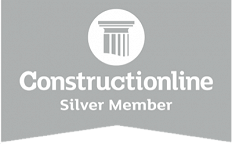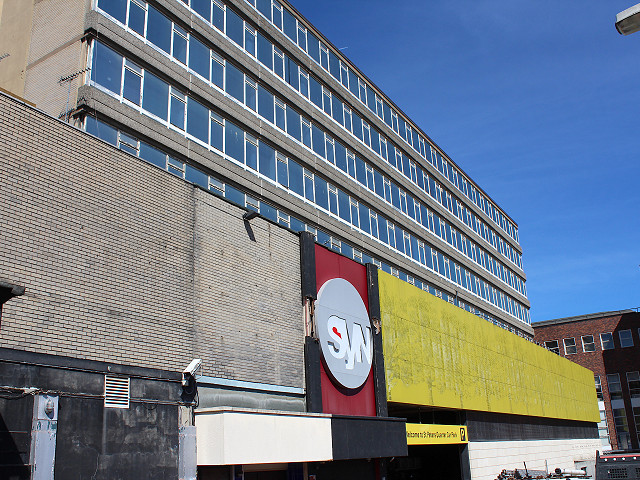
Asbestos insulation debris has been located within the steel girders of a former nightclub in a recent demolition project. The high-level beams are covered with plasterboard and sealed behind there is asbestos-containing debris scattered.
Dangers of asbestos debris
As the fibres are often broken and considered high-risk in asbestos debris, they must be removed under fully controlled conditions and notified to the HSE.
Setting up the enclosure to remove asbestos debris
In this instance, the former Nightclub based in Derby City Centre has debris located throughout the whole room. This means that the large room is all set up as a controlled enclosure, using polythene to cover and protect areas.
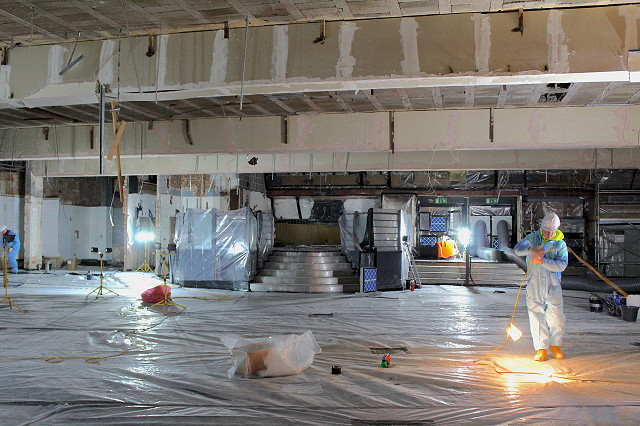
Once this enclosure has been set up, only asbestos operatives in full PPE may enter the area. They will then take cautious steps to remove the plasterboard covering, revealing the debris located behind.
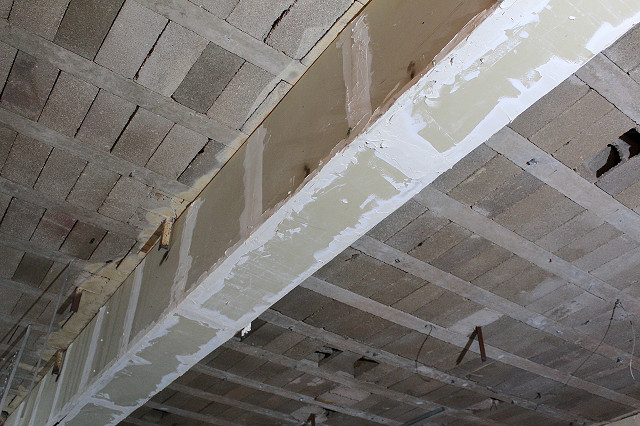
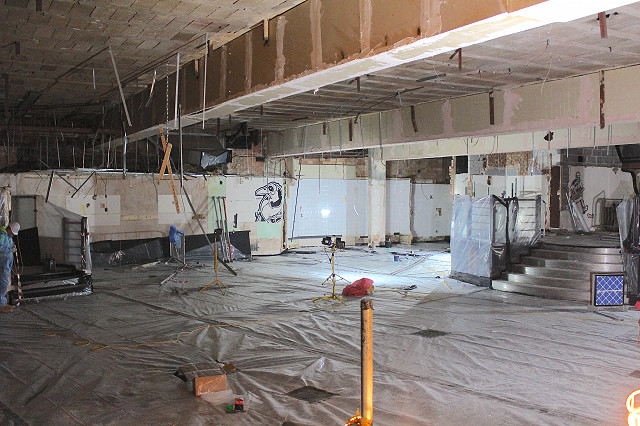
The enclosure contains a 3-stage bag lock and air lock system. It is built using metal frames and 1000-gauge polythene. This is industry standard to ensure no asbestos fibres can escape through the polythene. This reduces any risk of contamination into the outside atmosphere.
Asbestos operatives can be seen building this system, getting it ready to fully seal the area.
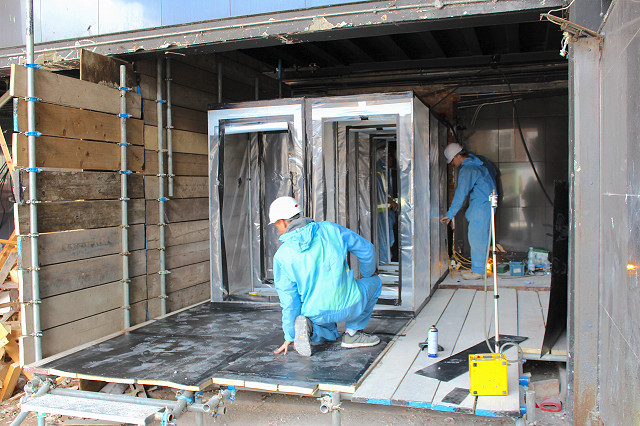
An integrity test, or smoke test, will then be carried out before works go ahead. This is an opportunity to show any potential weak areas of the enclosure. If any smoke leaks out, there is a structural error that must be fixed.
This part of the project will take a few weeks to fully complete. Once this has happened, an independent analyst will come into the area to fully inspect for any asbestos residue. When they are satisfied that no asbestos fibres remain in the area, including all the small cracks in the bricks, they will declare the area clear.
If you come across any asbestos debris it must be treated with extreme caution, so please contact a professional asbestos removal company.





